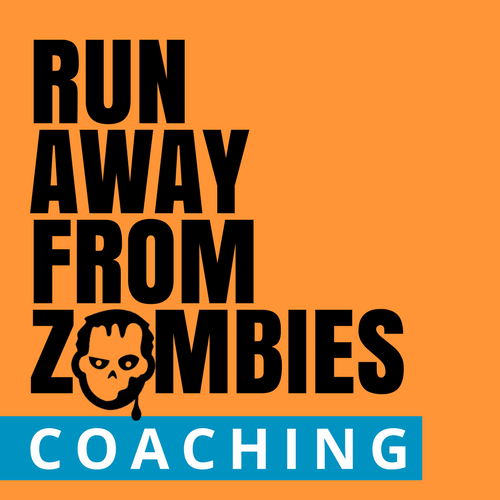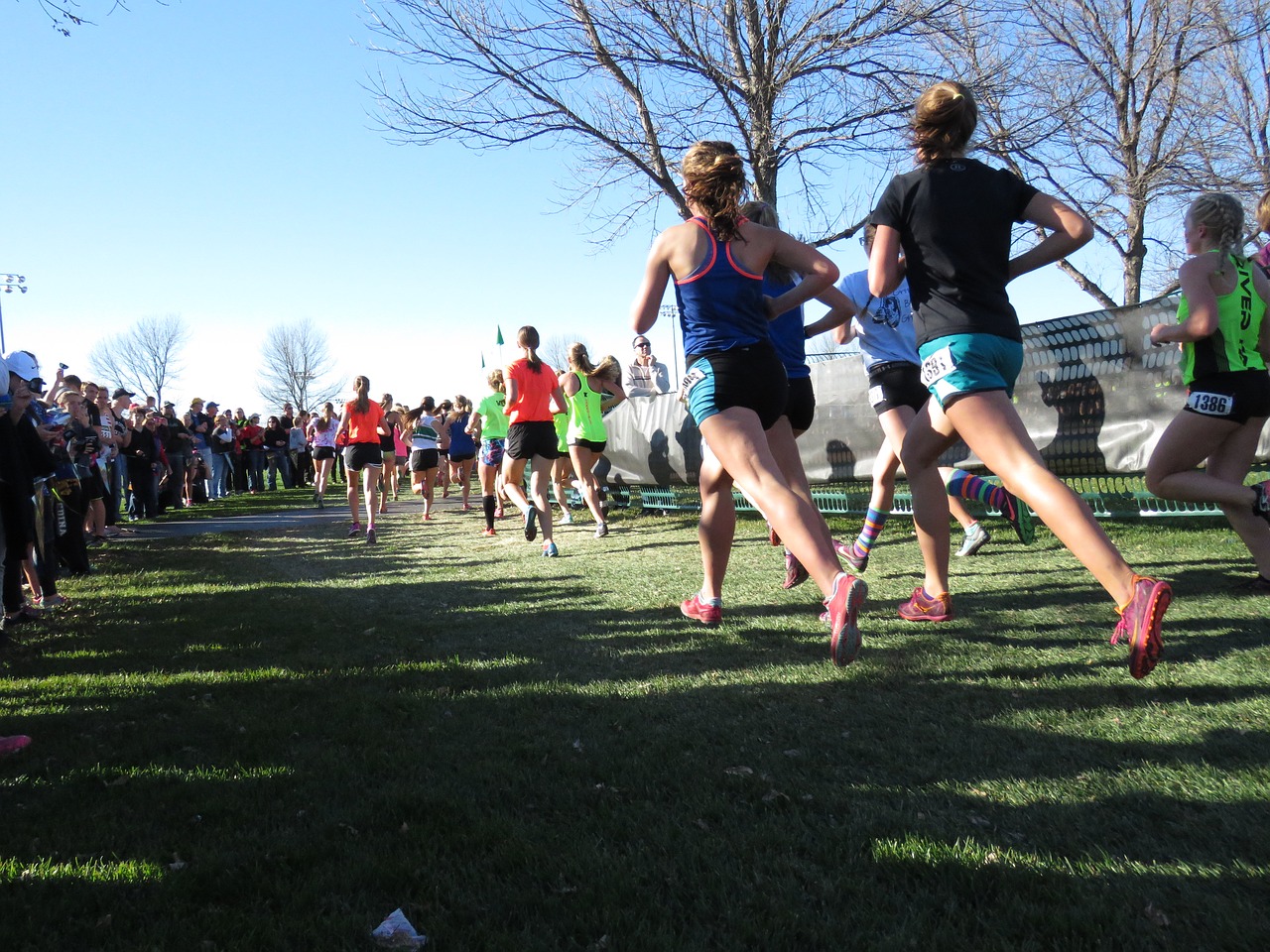You’ve run your first 5K (or a few) and you’re hooked. Congratulations!
Going from 5K to 10K (6.2 miles) sounds daunting, but so did 3.1 miles when you first started. You’re ready for your next challenge, but how do you train?
5K to 10K: How to Train for the Next Step
Look at Your Current Training
A common mistake I see is training for the GOAL rather than where you currently are. When I first started out, I did it too, but it’s a mistake that will lead to burn out or injury. Always start where you are and build up slowly. It’s always better to show up a little undertrained or underprepared than sitting at home burned out, heartbroken, or injured.
How many days a week do you run? I recommend a minimum consistent 3 days/week and building to 4 days/week if you want a strong foundation for your 10K. Running every day isn’t recommended because your body needs rest in order to build strength from your workouts. Progress requires rest.
After you look at frequency, check out your distance. You want to slowly increase your total weekly distance (sometimes called miles per week or MPW) to improve your endurance and fitness. The general recommendation is about a 10% increase each week. Too drastic an increase can be a lot on your body and isn’t sustainable! Also very important are cutback weeks in which you run less to give your mind and body a break from the constant increases in training load.
Start Building Your Long Run
When switching up your training from 5K to 10K, you will want to do things a little differently. For the 5K, you may have built up ALL your runs to be about 5K. That’s great, but it won’t be necessary to run 10K for every training run to do well come race day. If you’re running consistently, you can begin to build one run in your week to be your “long run“. This is a quality run that requires a rest day or at least a very easy day afterward. During the long run you’ll be introducing your legs to longer runs, more miles, and new challenges. Since you’re increasing distance, don’t also increase speed. Remember to stretch only one variable at a time.
Most people do their long run on a weekend day, because they have more free time. And since most races are on weekend days, it’s easy to plan to replace one long run with your race when the day comes without any juggling of workouts.
For your long run, increase the time you run by 5 minutes or half a mile. You want to start building up slowly, just like you do everything else. As miles and minutes become easier, increasing by 10-15 minutes or a mile can become the norm. So if you typically run 3 miles, make one of your runs 3.5 miles. The next week 4 miles. Give yourself a break with 3 miles for week 3, then try out 4.5 miles the week after.
Do you need to reach 10K? Not necessarily. If you have time to build up to 6 miles or more, that’s great, but even getting to 5 miles can be enough. Adrenaline and the excitement of race day will carry you and push you to the finish. Remember, it’s better to arrive slightly unprepared than trying to push your body too hard before it’s ready. You can’t cram for a race!
Race Day

For your first jump from 5K to 10K, aim for completion with your head held high. There will be plenty of races to improve your time later. This first race will show you what it’s like to be on your feet and performing for about an hour, depending on your pace. Don’t just double your 5K time and expect that pace. It doesn’t work that way even for the elite. A 10K requires a different skill set and will always be more than your optimal 5K x 2.
Give yourself a couple well-deserved rest days before your big race. If you start to feel anxious, you can go for a shake-out jog, but don’t tire out your legs. You’ll want them for race day.
Eat a light breakfast and give yourself plenty of time to park, pick up your race bib, and go potty before finding the start line. Use the first mile to warm up and build your pace. Don’t expend a lot of energy going around people – the crowds will thin out quickly with a long race. Keep a comfortable but steady pace for the next part of the race. In the last mile, use a mantra to encourage yourself and if you have the energy, start pushing hard to the finish.
Train smart and race smart! You may find your new favorite race distance – I know it’s mine.

Share on Social Media!
Have a question about increasing distance for a 10K? Email me at rebekah@runawayfromzombies.com and I’ll be happy to help.





Leave A Comment